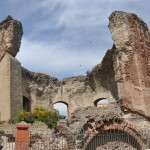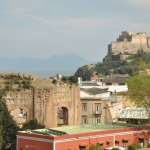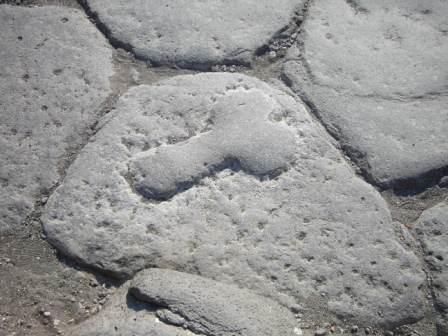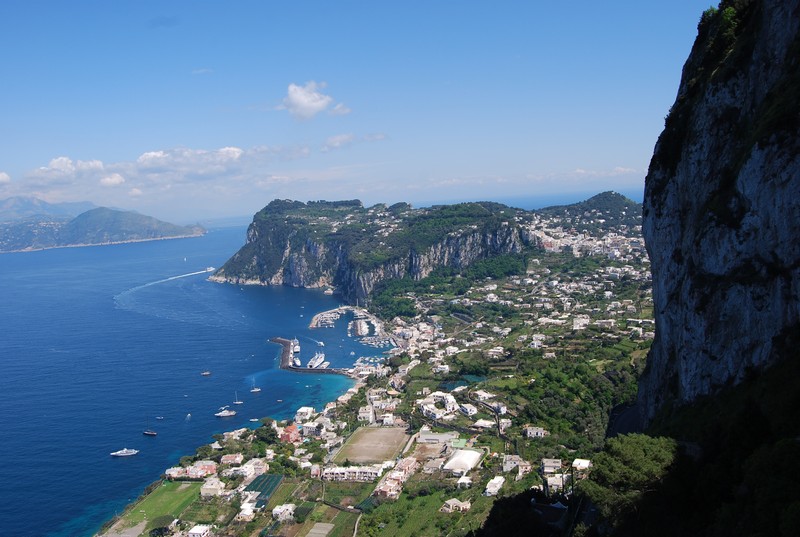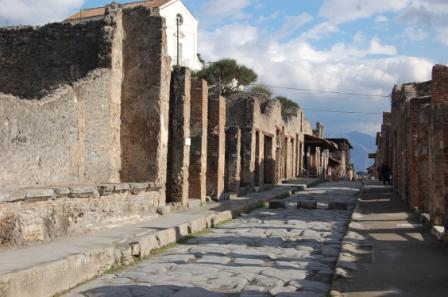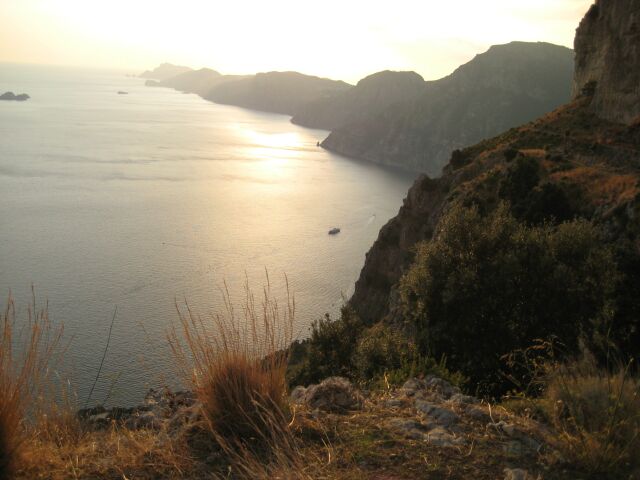Campi Flegrei – Fields of Fire
Naples and its outlying areas are famous for volcanic activity.
In addition to Vesuvius, we have the lunar-like landscape within the crater of Solfatara and the effects of bradyism in Pozzuoli, (sudden vertical land movements caused by local underground volcanic activity).
The effects of these devastating movements last destroyed central Pozzuoli about 20 years ago.
This picturesque harbour town has since been beautifully restored.
Morning
The Baia Archaeological Museum is housed in a 15th century fortress and in two halls we can see marble reconstructions of sites now standing underwater due to the effect of bradyism There is also a large exhibition of archaeological finds from all over Campi Flegrei.
Ice-cream tasting in the pretty harbour of Baia.
Tour above the Underwater Archaeological Park in the gulf of Baia on a boat with a transparent hull.
Lunch is in a local agriturismo (delicious restaurant on a working farm and specialising in the freshest of organic ingredients).
Afternoon
Solfatara Volcanic Crater to see some fine examples of secondary volcanic activity; bubbling mud pools, fumaroles, mineral waters, a Roman steam bath and some amazing experiments.
The Amphitheatre of Pozzuoli is the third largest Roman amphitheatre in Italy and was once used for gladiator shows and venationes (fights between wild animal and gladiators).
The structure and underground passageways are exceptionally well preserved.
Tempio di Serapide or Pozzuoli’s Macellum was once the Roman food market and today is an accurate gauge of the volcanic phenomenon of bradyism.
The temple is filled with varying amounts of water depending on the present level of the land above sea water.





